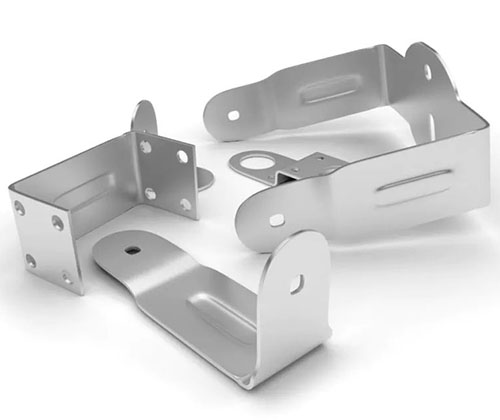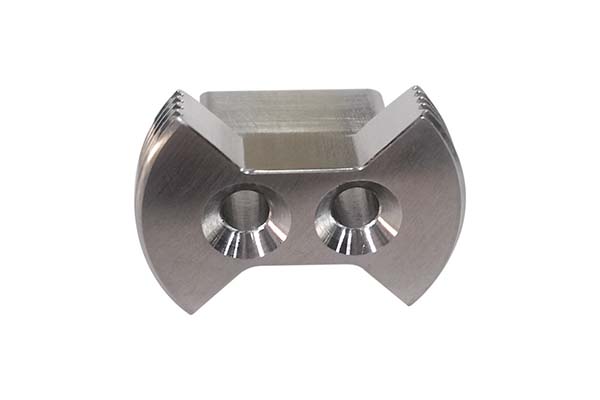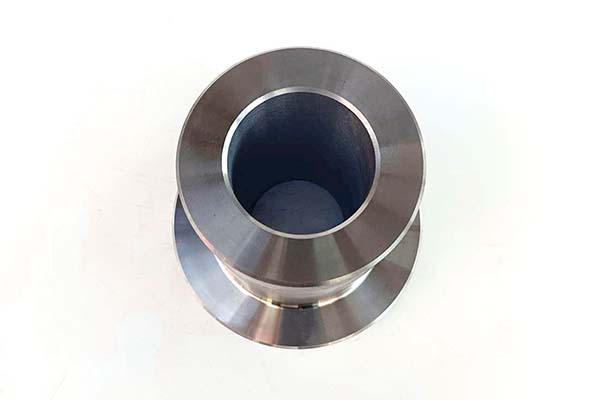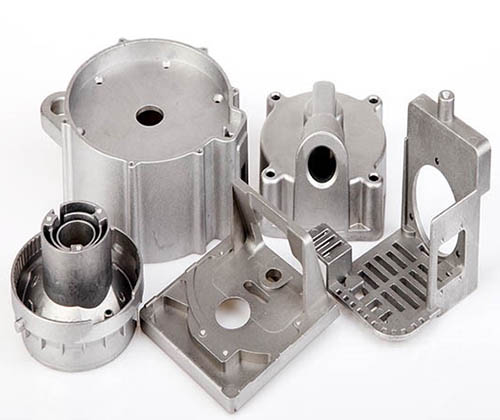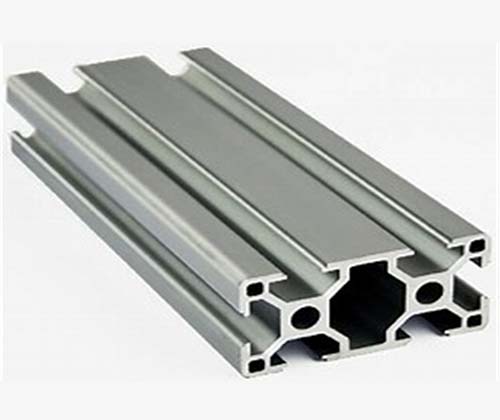If you’ve ever wondered what makes everyday products like smartphone casings, car parts, or kitchen appliances durable yet lightweight, the answer often lies in die cast aluminum alloys. Simply put, these are aluminum-based materials mixed with other metals (like silicon, copper, or magnesium) that are shaped using a die casting process—where molten alloy is forced into a reusable mold (die) under high pressure. This combination of material properties and manufacturing efficiency makes them a top choice across industries. Whether you’re a product designer, manufacturer, or just curious about the materials behind common goods, understanding die cast aluminum alloys helps you make smarter decisions about durability, cost, and performance.
What Exactly Are Die Cast Aluminum Alloys?
At their core, die cast aluminum alloys are metal composites where aluminum (the base metal) is blended with secondary elements to enhance specific traits. Aluminum alone is soft and prone to warping, but adding alloys fixes this: for example, silicon improves fluidity (making it easier to fill complex molds), while copper boosts strength. The die casting process then turns this alloy into precise, consistent parts—think of it like pouring cake batter into a detailed pan, but with molten metal and industrial pressure.
A real-world example: A leading automotive supplier I worked with once switched from steel to a die cast aluminum alloy for engine brackets. The result? A 40% weight reduction (critical for fuel efficiency) without sacrificing load-bearing capacity. This is the magic of these alloys—they balance strength, weight, and manufacturability in ways few other materials can.
Common Types of Die Cast Aluminum Alloys (And Their Uses)
Not all die cast aluminum alloys are the same. Each type is formulated for specific applications, based on factors like strength, corrosion resistance, or heat tolerance. Below is a breakdown of the most widely used alloys, their key properties, and real-world uses:
| Alloy Series | Primary Alloying Elements | Key Properties | Typical Applications |
| 3xx.x Series | Silicon (5-13%) | Excellent fluidity, good corrosion resistance, low cost | Smartphone casings, laptop frames, small automotive parts (e.g., sensor housings) |
| 4xx.x Series | Silicon (10-14%) + Copper | High strength, good heat resistance | Engine components (e.g., cylinder heads), power tools |
| 5xx.x Series | Magnesium (1-5%) | Lightweight, high impact resistance | ATV frames, marine parts (resists saltwater corrosion) |
| 6xx.x Series | Silicon + Magnesium | Balanced strength and ductility | Door handles, furniture hardware, decorative parts |
For instance, the 380 alloy (a 3xx.x series variant) is the most popular die cast aluminum alloy globally—used in over 70% of consumer electronics casings. Why? Its high silicon content lets it flow into tiny mold details (like phone port openings) while remaining affordable.
Key Advantages of Die Cast Aluminum Alloys Over Other Materials
Die cast aluminum alloys stand out when compared to alternatives like steel, plastic, or even pure aluminum. Here’s why they’re a go-to for manufacturers:
- Lightweight Yet Strong: Aluminum is 1/3 the weight of steel, but adding alloys (like copper) boosts its strength to match some steel grades. This is a game-changer for industries like automotive, where every pound saved improves fuel economy. A study by the Aluminum Association found that replacing steel parts with die cast aluminum in a car can reduce overall vehicle weight by 10%, leading to a 6-8% increase in fuel efficiency.
- Cost-Effective for Mass Production: The die casting process uses reusable molds, so once the initial tooling is made, producing thousands of parts is fast and cheap. For example, a toy manufacturer I consulted with cut production costs by 25% when switching from plastic injection molding to die cast aluminum for toy cars—because the aluminum parts lasted longer (reducing replacement costs) and required less post-production finishing.
- Excellent Corrosion Resistance: Unlike steel, which rusts easily, aluminum forms a natural oxide layer that protects it from moisture. Alloys like the 5xx.x series take this further, making them ideal for outdoor or marine use. A boat builder in Florida reported that 5052 aluminum die cast parts lasted 3x longer than steel parts in saltwater environments.
- High Thermal and Electrical Conductivity: This makes die cast aluminum alloys perfect for heat sinks (in computers or LED lights) and electrical components. A tech client used 6061 aluminum die cast heat sinks for their gaming laptops, which reduced overheating issues by 30% compared to plastic heat sinks.
How to Choose the Right Die Cast Aluminum Alloy for Your Project
Selecting the right alloy depends on your project’s needs—there’s no “one-size-fits-all.” Follow these practical steps to make the best choice:
- Define Your Priority Trait: Start by asking: What matters most? Is it strength (for structural parts), corrosion resistance (for outdoor use), or cost (for mass-produced consumer goods)? For example, if you’re making a garden hose nozzle (exposed to water), a 5xx.x series alloy is better than a 3xx.x series (which is less corrosion-resistant).
- Consider Manufacturing Requirements: If your part has complex details (like tiny holes or thin walls), look for alloys with high fluidity—like the 380 alloy. If you need to weld or machine the part after casting, choose a 6xx.x series alloy (it’s more ductile, meaning it bends rather than breaks during 加工).
- Check Industry Standards: Many industries have strict standards (e.g., automotive uses ASTM B85 standards for die cast aluminum). Make sure your alloy meets these to avoid compliance issues. A client once had to recall 10,000 automotive brackets because they used an uncertified alloy that failed stress tests—this could have been avoided by checking standards upfront.
- Test Prototypes: Before mass production, create a small batch of parts with your chosen alloy. Test them for durability, corrosion, and fit. For example, a furniture company I worked with tested 3 different alloys for chair legs: the 6063 alloy cracked under weight, the 5052 was too expensive, but the 383 alloy (a 3xx.x variant) balanced strength and cost perfectly.
Common Challenges with Die Cast Aluminum Alloys (And How to Solve Them)
While die cast aluminum alloys are versatile, they come with challenges. Here are the most frequent issues and practical solutions:
- Porosity (Small Holes in the Part): Porosity happens when air gets trapped in the molten alloy during casting. It weakens the part and can cause leaks. Solution: Use a “vacuum die casting” process, which removes air from the mold before pouring. A hydraulic valve manufacturer reduced porosity by 80% using this method.
- Corrosion in Harsh Environments: Even corrosion-resistant alloys can degrade in extreme conditions (like industrial chemicals). Solution: Add a protective coating, such as anodizing (a process that thickens the aluminum’s oxide layer) or powder coating. A chemical plant client used anodized 5052 aluminum parts, which lasted 5 years instead of 1-2 years without coating.
- High Tooling Costs: The initial mold (die) can be expensive—sometimes $10,000 or more for complex parts. Solution: If you’re producing fewer than 10,000 parts, consider “semi-permanent mold casting” (a cheaper alternative). For higher volumes, the tooling cost is spread out over more parts, so it becomes cost-effective.
Yigu Technology’s Perspective on Die Cast Aluminum Alloys
At Yigu Technology, we’ve worked with die cast aluminum alloys for over a decade, supporting clients in automotive, electronics, and industrial sectors. We believe these alloys are pivotal to sustainable manufacturing—their lightweight nature cuts energy use in transportation, and their recyclability (aluminum can be recycled infinitely without losing quality) aligns with global sustainability goals. We often recommend 380 and 5052 alloys for most clients: 380 for cost-effective, high-volume parts, and 5052 for outdoor or corrosion-prone applications. Our team also helps clients optimize the die casting process, reducing porosity and tooling costs through custom mold design. For any project, the key is to balance material properties with manufacturing practicality—and die cast aluminum alloys make that balance easier than ever.
FAQ About Die Cast Aluminum Alloys
- Are die cast aluminum alloys recyclable?
Yes! Aluminum is one of the most recyclable metals—recycling it uses 95% less energy than producing new aluminum. Most die cast aluminum parts can be melted down and reused without losing quality.
- Can die cast aluminum alloys be painted or coated?
Absolutely. They accept paints, powders, and anodizing well. Coating not only improves appearance but also enhances corrosion resistance.
- What’s the difference between die cast aluminum and extruded aluminum?
Die casting uses high pressure to force molten alloy into a mold (great for complex, detailed parts). Extrusion pushes aluminum through a die (like toothpaste through a tube) to make long, uniform shapes (e.g., window frames).
- How strong are die cast aluminum alloys compared to steel?
While steel is stronger overall, high-strength die cast aluminum alloys (like 413) can match the strength of low-carbon steel—at 1/3 the weight. For most non-heavy-duty applications, they’re a better choice.
- What’s the typical lifespan of a die cast aluminum part?
It depends on the alloy and environment. Indoors (e.g., electronics parts), they can last 10+ years. Outdoors (with coating), they can last 5-15 years. Marine environments (with corrosion-resistant alloys) can see lifespans of 10+ years.


